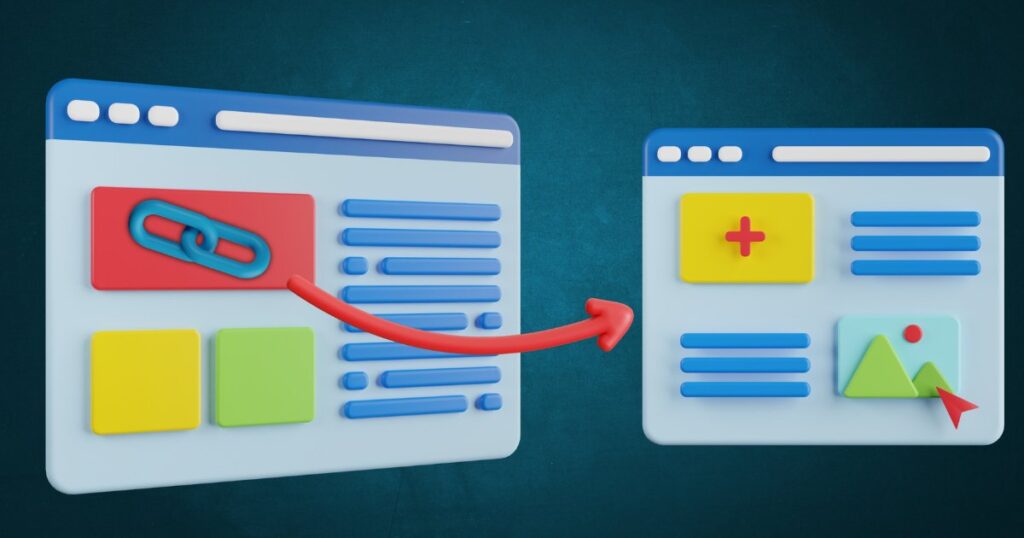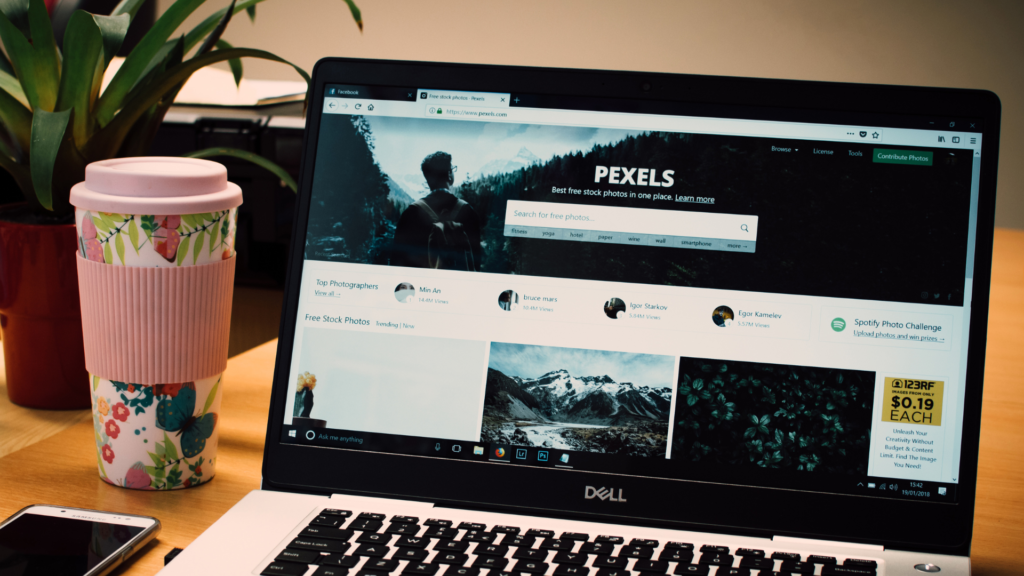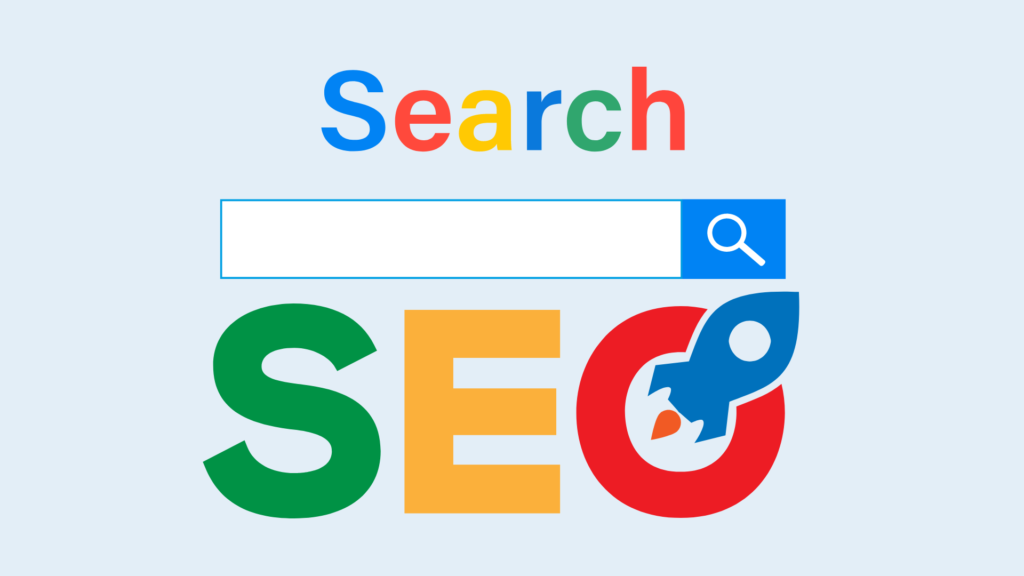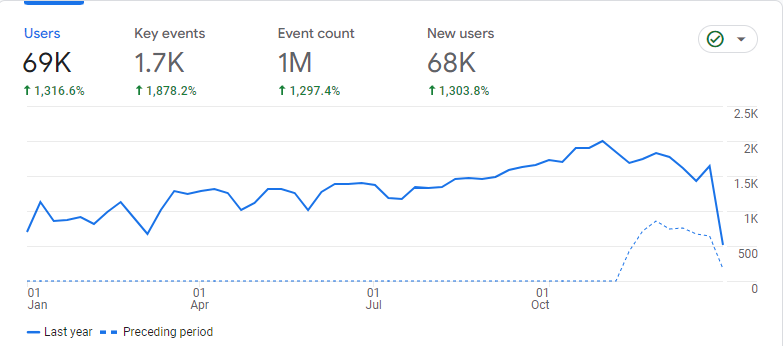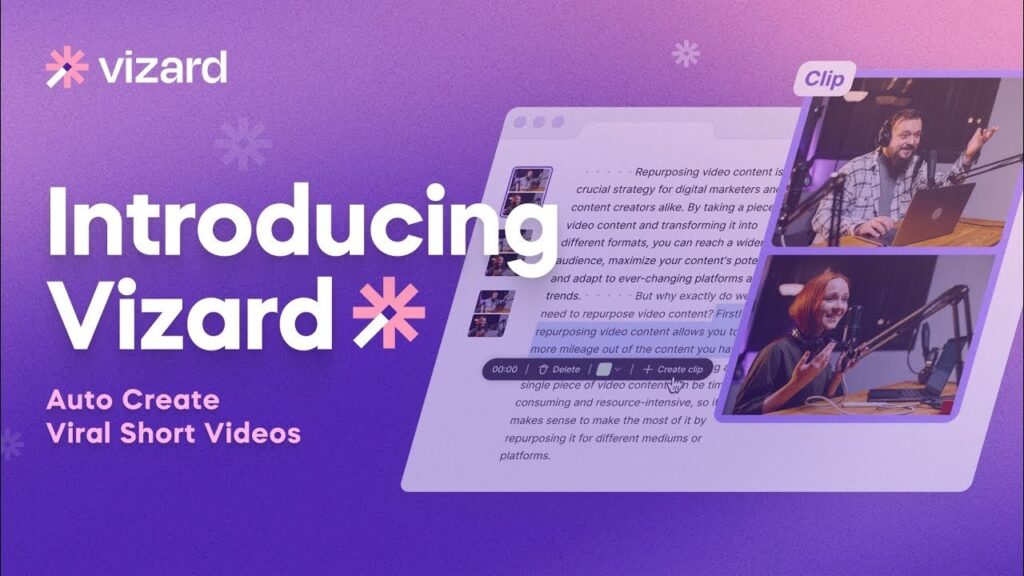Having higher traffic and more visitors to your website is one of the major goals of having a website. You want your visitors to buy things when they visit your website, but what if they don't? It is possible that your website has a high bounce rate.
A high bounce rate can be detrimental to the success of your website. Visitors will leave your site if they can't find what they were looking for or if your site wasn't engaged enough to explore further. A high bounce rate may be a bad signal that will affect both your website's conversions and SEO.
Reducing your website's bounce rate can help boost your conversion rate. But what can you do to fix it? In this article, we will explore some actionable steps you can take to address and fix a high bounce rate.
What Is A Bounce Rate?
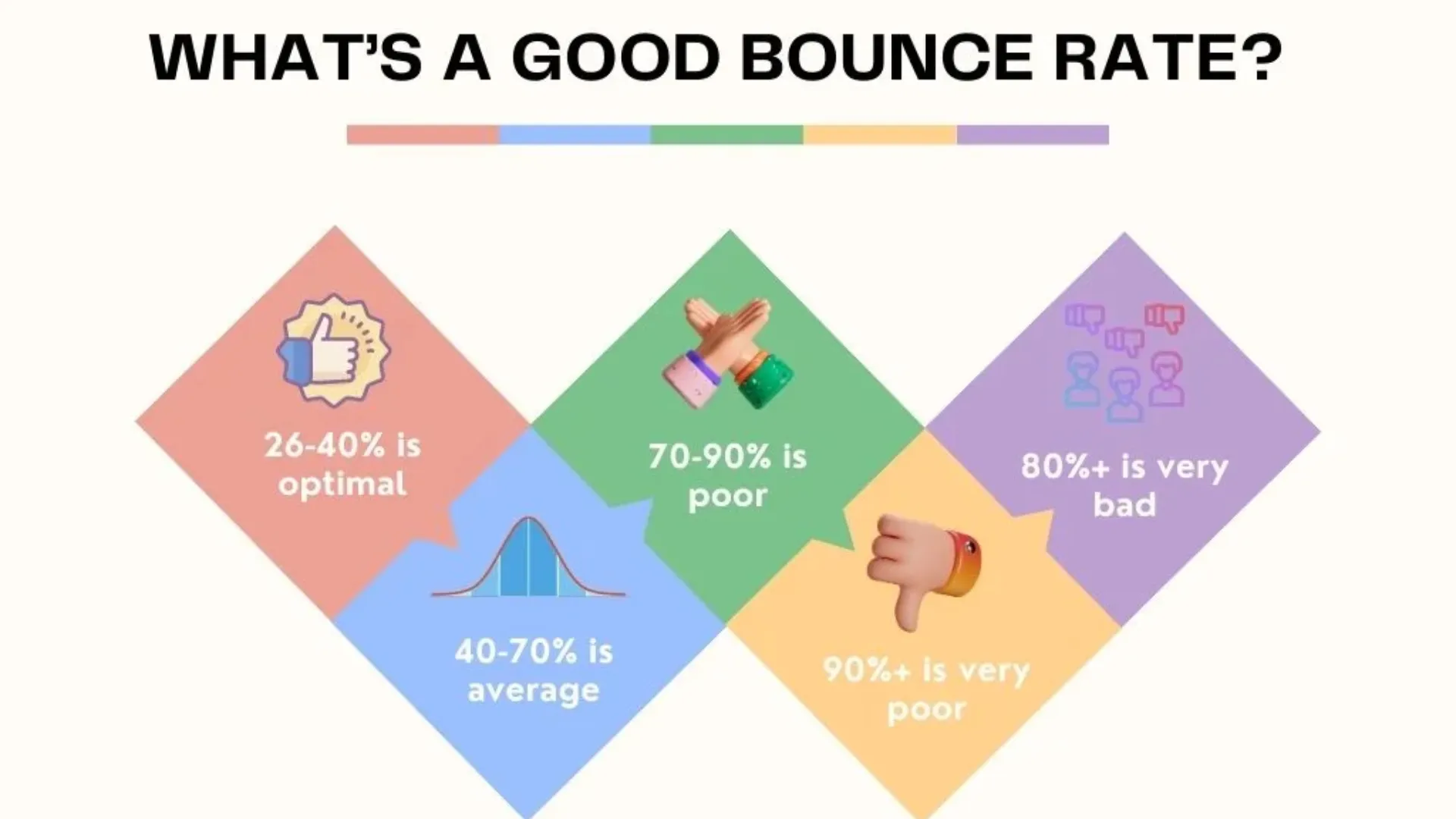
Bounce rate refers to visitors who visit your website and leave after viewing only one page without interacting with any other pages on the site. It measures the rate visitors “bounce” away from your website rather than exploring further.
The rate can be calculated by dividing the number of single-page sessions by the total number of sessions. It is expressed as a percentage. Bounce rate is an essential metric in analyzing website performance and user engagement. It provides insights into how effectively your website captures visitors' attention and keeps them engaged.
Lower bounce rates are a sign that you provided enough reasons for your visitors to stay on your page and navigate throughout your website. A high bounce rate generally indicates that visitors are not finding what they are looking for, which means you aren't able to convince them to stay on your website.
Various factors, including page load speed, content relevance, user experience, navigation, design, and overall website quality can influence bounce rate. Not all bounces are bad. Some visitors may have read your blog post and found what they wanted. It's not possible to aim for a bounce rate of 0%. A bounce rate lower than 20% is acceptable.
Reduce Bounce Rate #1 – Optimize Page Load Time
Video Credit: GoDaddy
You wouldn't want to visit a slow website; the same goes for your visitors. The website loading speed will greatly impact your bounce rate as people may not even have a chance to read your content since your site isn't loading fast enough.
47% of users expect your website to load in less than 2 seconds. If your website is loading too slowly, there is a very high chance your visitors may not even wait until it loads completely. They may not even return to your site.
Using tools like Pingdom or Google Page Speed Insights, you can examine your website speed. Just enter your website URL and let the tool do its job. You will learn how long it takes your site to load and how you can boost its performance.
Reduce Bounce Rate #2 – Improve Your Content Readability
Video Credit: Kateryna Abrosymova
If there is a lack of readability in your content, your visitors may leave your site. User experience starts with readable and legible content. Large chunks of text can scare readers away. So do, avoid using large chunks of text.
You may have great content on your website, but without good formatting, visitors may find it hard to read and leave without reading. It will cause a higher bounce and a faster exit rate. Visitors don't even get to the merits of the content.
When creating content for your website, consider using subheadings to highlight your topic. Also, use bullet points to explain benefits worth noting. It will be easier for readers to read. Appropriate charts, images, screenshots, and quotes can help grab the readers' attention.
Reduce Bounce Rate #3 – Create A Compelling Call-to-Action

After your visitors have built interest in the content, don't create a weak CTA to lose them. You wouldn't want to increase your exit rate. Your goal is to increase the conversion, so you want your visitor to buy or at least think about it.
So ensure that your CTA is compelling to increase your conversion rate. It should be able to attract users to click it and want to see more. Every detail matters; even small changes in the text on the button can make a huge difference.
It helps to engage visitors, lead them to a resourceful page on your site, and reduce the bounce rate. Review your site to see if you can offer something urgently and get visitors to act positively.
Reduce Bounce Rate #4 – Use A Logical Internal Linking Structure

Many people will include dozens of internal links in the content to reduce the bounce rate. This strategy can work well, but it can backfire by making your content look cheap. There are some websites that insert links in every other sentence. Not only it looks awful, but it also doesn't enrich the user experience.
When using an internal linking structure, it needs to be relevant. If you have a useful blog post that interests your audience, try to link it from other pages. But don't go overboard with the internal links, or your visitors will get confused and overwhelmed.
When selecting anchor text and internal links, make sure it is relevant and have a logical linking strategy. When linking to other pages, focus on pages related to the topic. Don't tempt to link to every article in your archive. Focus on linking to useful pages or articles that are highly relevant and maybe useful to your visitors.
Reduce Bounce Rate #5 – Attract The Right Audience

A higher bounce rate may mean that you are getting the wrong website visitor from the start. You are targeting the wrong audience for your website. It is time to improve if your content strategy isn't getting you the right visitors and increasing your sales. You need to publish content that is right for your market.
Wrong content may cause a higher bounce. For example, you may need lengthy articles for the Internet marketing world because they can answer every question or concern of the target audience. But for non-internet-related industries, such as finance, health, and entertainment, shorter and more informative articles tend to perform better on social media platforms.
When you create and distribute the right content with the right channel, you will reach the right audience interested in your product or service. You will develop a good bounce rate. Attracting the right audience will double or triple your sales conversion rate.
You Might Be Interested In These Too!
 Vizard AI: Video Editing & Social Media Made Easy for Content CreatorsFebruary 8, 2024
Vizard AI: Video Editing & Social Media Made Easy for Content CreatorsFebruary 8, 2024 Grow Your Travel Agency Business With 5 Digital Marketing PlansDecember 23, 2022
Grow Your Travel Agency Business With 5 Digital Marketing PlansDecember 23, 2022 Perfect Website Domain Name: 10 Best Step To Choose ItAugust 8, 2022
Perfect Website Domain Name: 10 Best Step To Choose ItAugust 8, 2022 Established Your Travel Agency Brand: 5 Social Media IdeasDecember 18, 2022
Established Your Travel Agency Brand: 5 Social Media IdeasDecember 18, 2022

